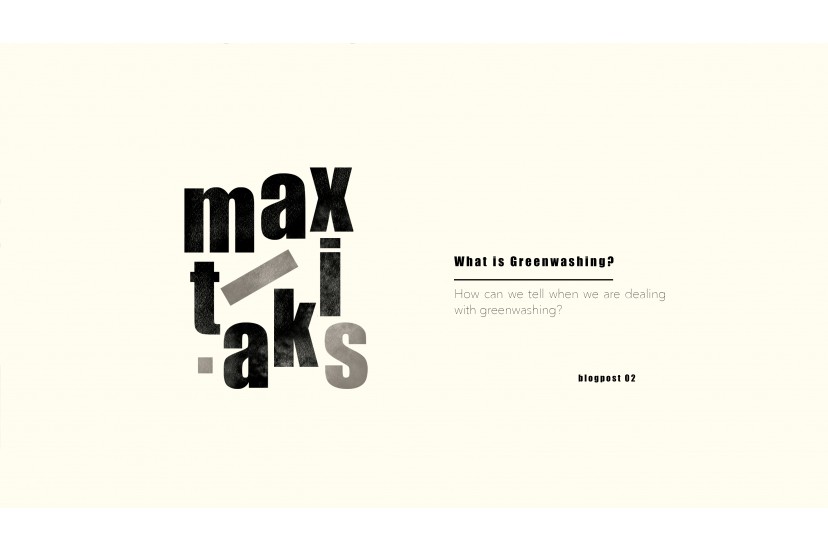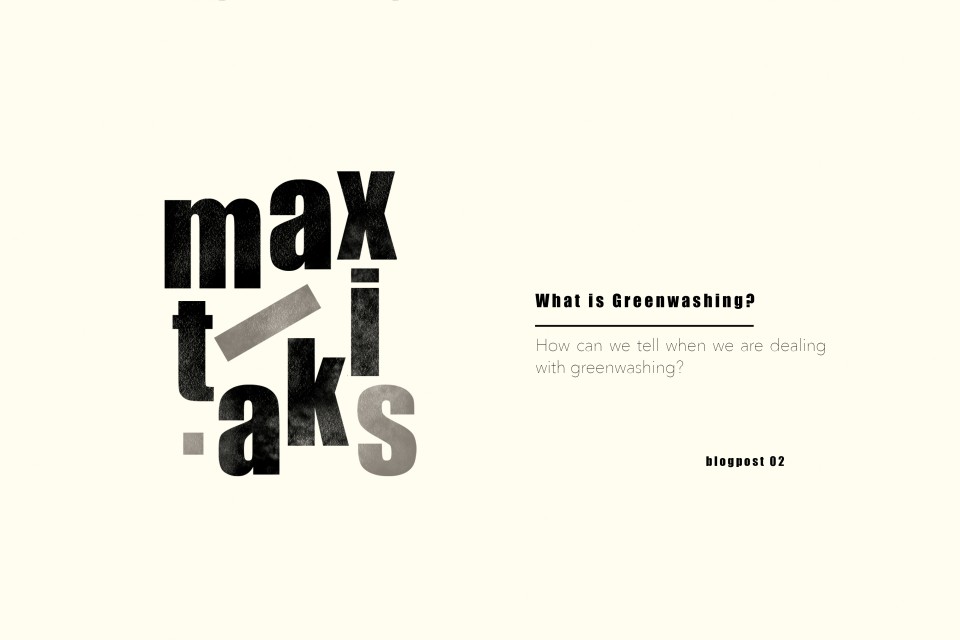If on the one hand we are sure that most people are nowadays much more alert and determined to make more conscious choices to protect our planet, on the other hand, we don't always have full information on the brands in which we are investing our money. Like, are they truly ecological? Are the materials they use the most responsible? What footprint am I leaving on the planet by consuming this product?
The truth is that many companies found in this general increase of environmental awareness a real gold mine. Knowing that self-proclaiming themselves as sustainable is a strategy to attract new customers, many organizations have spent more time communicating that they are sustainable than actually making changes towards being so. It is nothing but dangerous camouflage. This leads us to the minefield of greenwashing, because as consumers these companies have made our lives more difficult when it’s time to make choices about the products we consume, but as producers or brands it forces us to redouble our efforts to better communicate the sustainable practices we carry out with more transparency and verisimilitude.
How to recognize a case of greenwashing?
We are dealing with a case of greenwashing when an organization (a company, or brand, or entity) invests in communication and marketing to appropriate environmental virtues that, in fact, it does not have. The goal is to create a positive image in relation to its actual level of environmental responsibility, diverting attention from the negative environmental impacts that company may have.
In practice, greenwashing involves a lot of spreading false, irrelevant or confusing information. For example, when vague information is placed on products, as is the case with “certified product” labels without any other reference to which certification the product has or the certifying body that has issued said certification. Or resorting to even more subtle tactics, such as interfering with our perception of the company by associating certain services with a green image, such as when oil companies share photos of children riding bicycles in parks full of trees, or photos of our oceans. There are also cases of entities that, despite carrying extremely harmful practices for the planet, finance debates and initiatives on climate transition, instead of innovating their business model. More egregious cases are those of companies that praise the fact that they do not employ certain practices, when in fact those practices are already prohibited by law. When it comes to trying to convince consumers that certain practices or businesses are sustainable, the communication tricks are endless.
Using a more concrete example, this year the British newspaper The Guardian reported on a study that investigated data and records from the last 12 years of four American and British oil giants to understand whether the accusations of greenwashing they were facing were true or not. Conclusion: yes, they were guilty. The study registered an increase in the use of expressions such as "climate", "low carbon" and "transition" in the communication these companies employed, while their accounts reported that they still continue to depend on the fossil fuel business model and that the expenditures they had made on clean energy were negligible.
The problem with greenwashing is twofold because it not only hides and camouflages practices that are harmful to our planet, it also undermines the work that other companies are actively doing around sustainability and the transition to greener practices. This can make the cause to lose its credibility– we can’t forget people tend to group all companies together if one stands out about something negative like greenwashing and then end up feeling that their effort to make more conscious choices is in vain and that all brands are the same.
How can you avoid being a victim of greenwashing?
It can be difficult not to be deceived by this practice, but there are ways we can try to avoid it. Some may involve trying to find more information about the practices of the brand in which we are investing through the brand's own channels – at Maxileaf we provide a document with our practices and our commitment to the environment on our website. Verify if there is any research done on the footprint of the brands we are consuming, which when it comes to large brands it is very likely that someone has already done this work. Create suspicion when a brand makes an environmental slogan which is too vague. Always look for more information when the communication of a product refers to the existence of some certification or the use of certain practices. There are brands that have made a significant effort to transition to greener practices and many of them are close to us.
At MaxiLeaf we are aware of the challenge that sustainability imposes and we are not perfect and we accept it. The truth is that sustainability requires investment of physical and human resources and extreme dedication, which can only be done in the long term as said resources proportionally grow, and by improving day after day and multiplying our effort to make the world a better place. That's why at MaxiLeaf we don't pretend to be different because we believe that sustainability is a converging point, but we still try to do different and do better by the Planet!







